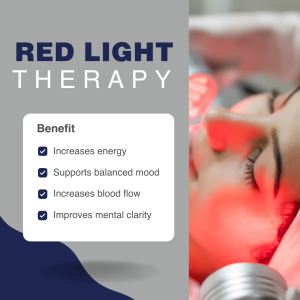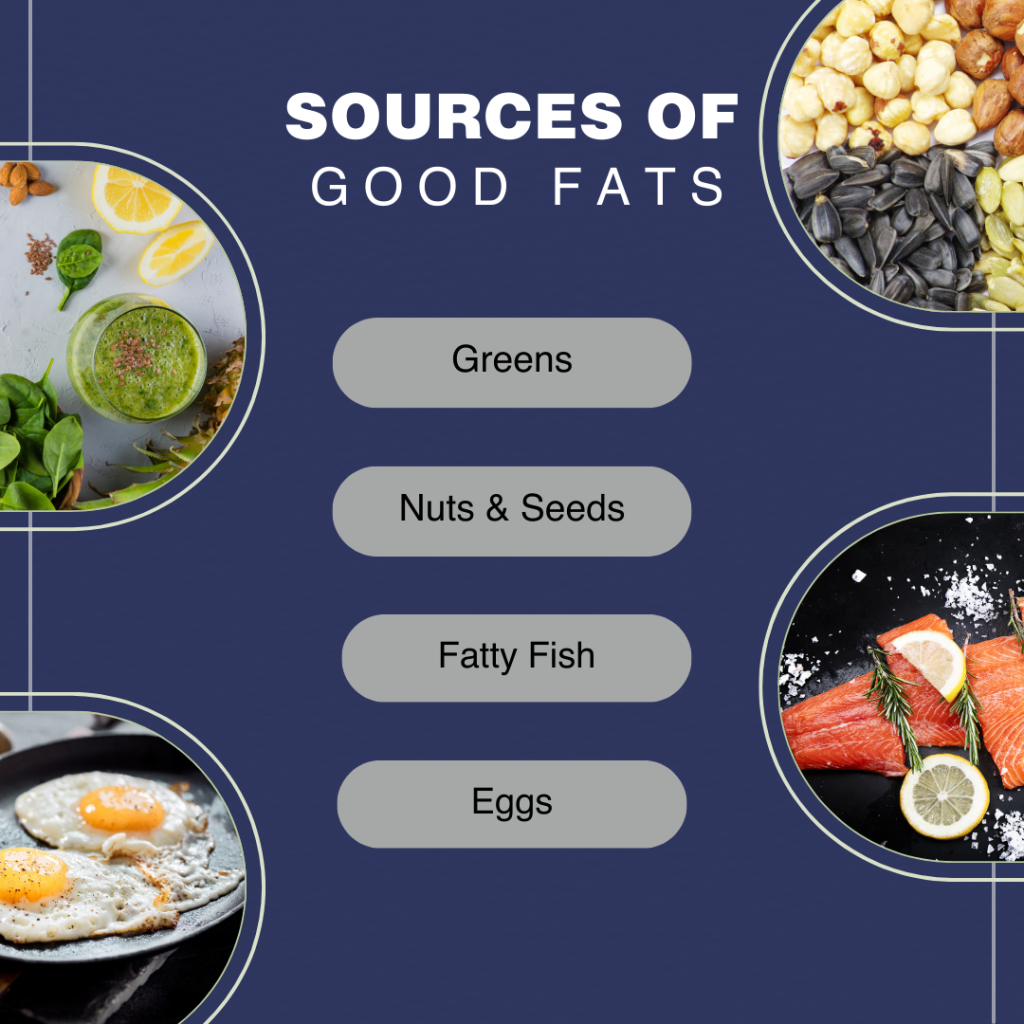As the seasons change, so can our mood and mental well-being. Fall and winter can cause Seasonal Affective Disorder (SAD), a type of depression called seasonal depression.
Depression symptoms vary but often include sadness, tiredness, negative thoughts, lack of interest in activities, low energy, and hopelessness (1). This blog will discuss five ways to manage Seasonal Depressive Disorder. Additionally, it will explore how air purification can contribute to improving your well-being.
Embrace Natural Light
During the winter months, sunlight exposure tends to decrease, impacting the body’s production of serotonin, a neurotransmitter that contributes to feelings of well-being and happiness (2). Spending more time outside in natural light can lower the risk of long-term depression, according to a UCLA study (3).
This can contribute to the onset of Seasonal Affective Disorder. Combat this by spending more time outdoors, especially during daylight hours. If outdoor activities are limited, consider using light therapy lamps that mimic natural sunlight, promoting serotonin production and helping alleviate depressive symptoms (4).
Stay Active
Exercise has been proven to be a powerful antidote to depressive disorders, including Seasonal Affective Disorder. Regular physical activity boosts endorphin levels, reduces stress hormones, and enhances mood (5).
A UCLA study showed that exercising reduces poor mental health days by 40%. On average, people have 3.4 poor mental health days per month, but those who exercise have fewer (6). Adding exercise to your routine can help manage Seasonal Depressive Disorder. It can be a walk, gym session, or yoga at home.
Maintain a Healthy Diet
Nutrition plays a crucial role in mental health and Seasonal Affective Disorder. Eat more foods that improve your mood, like fish, eggs, greens, and nuts. They contain omega-3 fatty acids and vitamins B and D. Avoid excessive sugary or processed foods, as they can contribute to mood swings and energy crashes (7).
Cultivate a Supportive Environment
Having social connections and engaging in social activities is important for mental well-being and can help with Seasonal Affective Disorder. Try to spend time with friends and family members in person or virtually, or join a support group. Engage in activities that bring you joy and relaxation. Establishing a strong social support network provides emotional reassurance and helps counter feelings of isolation associated with Seasonal Depressive Disorder.
Harness the Power of Clean Air
Air quality can significantly impact mental health. Seasonal changes may bring an increase in indoor pollutants, exacerbating symptoms of depression and Seasonal Affective Disorder (8). A study in Denmark found exposure to air pollution is “significantly associated with increased risk of psychiatric disorders” (9).
Consider investing in an air purifier like the Austin Air HealthMate, to eliminate airborne contaminants. Cleaner air can improve mood and thinking, which helps people with Seasonal Depressive Disorder.
Coping with Seasonal Depressive Disorder requires a holistic approach that addresses physical, social, and environmental factors. To manage mental health in winter, embrace natural light, stay active, eat well, create a supportive environment, and use air purification.
Remember, for all suspected mental health conditions or mental illnesses, it’s essential to consult with mental health professionals for personalized advice and support. Taking charge of your well-being is a journey, and these strategies can serve as valuable tools in your toolkit. Embrace the light, both figuratively and literally, as you navigate through the seasons with resilience and self-care.
For more information about Seasonal Affective Disorder, visit https://www.psychiatry.org/patients-families/seasonal-affective-disorder. If you’re experiencing a crisis, text HOME to 741741 or call 988.
References:
- https://www.mayoclinic.org/diseases-conditions/seasonal-affective-disorder/symptoms-causes/syc-20364651
- https://www.nimh.nih.gov/health/publications/seasonal-affective-disorder#:~:text=Studies%20indicate%20that%20people%20with,help%20maintain%20normal%20serotonin%20levels.
- https://www.uclahealth.org/news/being-in-natural-light-improves-mood-increases-happiness#:~:text=Using%20medical%20information%20and%20outcomes,of%20developing%20long%2Dterm%20depression.
- https://www.medicalnewstoday.com/articles/sun-lamp-therapy#:~:text=Sun%20lamp%20therapy%20involves%20exposure,that%20do%20not%20emit%20UV.
- https://www.nhs.uk/mental-health/self-help/guides-tools-and-activities/exercise-for-depression/#:~:text=Regular%20exercise%20can%20boost%20your,with%20mild%20to%20moderate%20depression.
- https://www.uclahealth.org/news/the-link-between-exercise-and-mental-health#:~:text=Researchers%20found%20that%2C%20on%20average,by%20more%20than%2040%20percent.
- https://www.google.com/url?sa=t&rct=j&q=&esrc=s&source=web&cd=&ved=2ahUKEwi0_syn3sOCAxWzq4kEHfMTAccQFnoECC4QAQ&url=https%3A%2F%2Fwww.ncbi.nlm.nih.gov%2Fpmc%2Farticles%2FPMC7438823%2F&usg=AOvVaw2khxsxVEZoSWr55pA-SPXu&opi=89978449
- https://www.weforum.org/agenda/2023/02/air-quality-indoor-health-homes/
- https://www.psychiatry.org/news-room/apa-blogs/air-pollution%E2%80%99s-impact-on-mental-health#:~:text=Links%20Between%20Air%20Pollution%20and%20Mental%20Health%20Symptoms,bipolar%20disorder%20and%20personality%20disorder.


